Top 10 Indian MathematiciansIndia has produced some of the greatest minds in history. India's incredibly talented and famous mathematicians have raised the country's pride. From literature and science to art and theatre, India has been a pioneer in every sphere. Worldwide, the study of mathematics continues to be of utmost importance. When it comes to math, there are two types of people: those who are utterly brilliant at it and those who find it to be nothing less than a nightmare. But when we consider our daily activities, math has a big impact on them. From dividing a cake into equal pieces to weighing people or figuring out their height, math is used everywhere. Math has long played a significant role in shaping Indian civilization. The mathematical concepts that originated on the Indian subcontinent have greatly influenced the rest of the world. The mathematical systems found in Vedic literature have garnered a lot of attention. The Vedic works have been given many dates, as is customary. It's interesting to note that this period's mathematics appears to have been created to address practical geometric issues, particularly those involving the construction of religious altars. In this article, we'll talk about ten of the mathematician treasures of India, which are as follows: 1. Aryabhata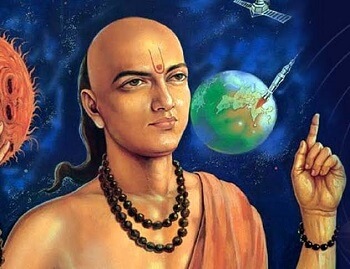
Aryabhata was an Indian mathematician and astronomer of the classical age of Indian Mathematics and Indian Astronomy. In Aryabhata's phonemic system of number notation, consonant-vowel monosyllables were used to represent the numbers. His work is divided into Ganita (Mathematics), Kalakriya (Calculations on Time), and Golapada by later commentators like Brahmagupta ("Spherical Astronomy"). His work on pure mathematics covers subjects like finding the square and cube roots, geometrical figures and their properties, arithmetic progression problems on the shadow of the gnomon, quadratic equations, linear equations, and indeterminate equations. Around 1300 years before Lambert demonstrated that a pi is an irrational number, Aryabhata calculated the value of pi to the fourth decimal digit. Aryabhata is the author of several treatises on mathematics and astronomy, some of which are lost. His most famous publication, Aryabhatiya, a collection of mathematics and astronomy, was frequently cited in Indian mathematical literature and has remained in print to this day. Arithmetic, algebra, plane trigonometry, and spherical trigonometry are all covered in the Aryabhatiya's mathematical section. It includes a sines table, sums-of-power series, continued fractions, and quadratic equations. Through the writings of Aryabhata's contemporary, Varahamihira, and later mathematicians and commentators, such as Brahmagupta and Bhaskara I, the Arya-Siddhanta, a lost work on astronomical computations, has been preserved. 2. Brahmagupta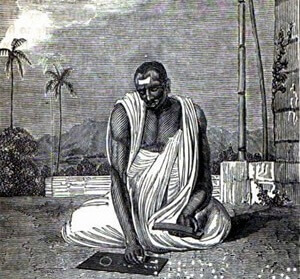
Brahmagupta was an Indian mathematician and astronomer. He is the author of two early works on mathematics and astronomy: the Br?hmasphu?asiddh?nta, a theoretical treatise, and the Kha??akh?dyaka, a more practical text. Brahmagupta was the first to give rules for computing with zero. The texts composed by Brahmagupta were in elliptic verse in Sanskrit, as was common practice in Indian mathematics. As no proofs are given, it is not known how Brahmagupta's results were derived. In 628 CE, Brahmagupta first described gravity as an attractive force and used the term "gurutv?kar?a?am ( ???????????????)" in Sanskrit to describe it Some of the important contributions made by Brahmagupta in astronomy are his methods for calculating the position of heavenly bodies over time (ephemerides), their rising and setting, conjunctions, and the calculation of solar and lunar eclipses. Further work exploring the longitudes of the planets, diurnal rotation, lunar and solar eclipses, risings and settings, the moon's crescent and conjunctions of the planets, are discussed in his treatise Khandakhadyaka. 3. Srinivasa Ramanujan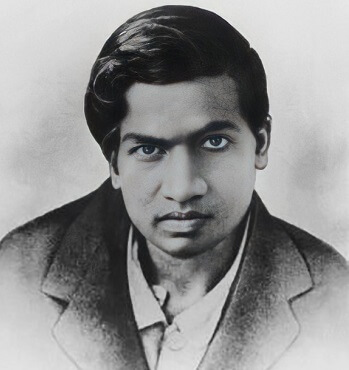
Mathematician Srinivasa Ramanujan was from India. Despite almost no formal training in pure mathematics, he made significant contributions to mathematical analysis, number theory, infinite series, and continued fractions. These contributions included solutions to problems that were previously thought to be intractable. Ramanujan initially conducted his own independent mathematical research. Ramanujan independently gathered nearly 3,900 results in his brief life (mostly identities and equations). Many of his results were wholly original; examples include the Ramanujan prime, the Ramanujan theta function, partition formulae, and mock theta functions, all of which have opened up entirely new fields of study and stimulated a tremendous amount of additional research. All but a dozen or two of his tens of thousands of results have now been shown to be accurate. Ramanujan's notebooks, which contain summaries of his published and unpublished results, have been analysed and studied for decades since his passing as a source of new mathematical concepts. The Ramanujan Journal, a scientific journal, was founded to publish work in all areas of mathematics that have been influenced by Ramanujan. Until nearly a century after his passing in 2012, researchers still learned that simple remarks in his writings about "simple properties" and "similar outputs" for particular findings were profound and deceptively subtle number theory results. As the second Indian member of the Royal Society and one of its youngest Fellows, he became the first Indian to be elected a Fellow of Trinity College, Cambridge. Hardy compared Ramanujan to mathematical giants like Euler and Jacobi, saying that just one glance at his original letters was enough to demonstrate that a mathematician could have only written them of the highest caliber. 4. P.C. Mahalanobis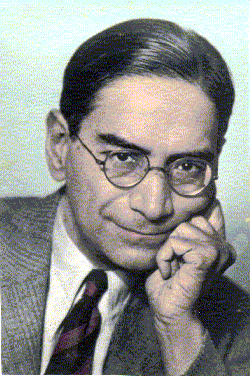
Scientist and statistician Prasanta Chandra Mahalanobis was an Indian. His statistical measure, the Mahalanobis distance, and his membership in the first Planning Commission of independent India are what people most commonly associate him with. He conducted groundbreaking anthropometry research in India. He contributed to creating large-scale sample surveys and founded the Indian Statistical Institute. Mahalanobis is revered in India as the founder of modern statistics because of his contributions. His most significant contributions concern extensive sample surveys. He developed the idea of pilot studies and promoted the value of sampling techniques. Between 1937 and 1944, early surveys were conducted on various subjects, including consumer spending, tea-drinking customs, public opinion, crop acreage, and plant diseases. He developed a technique for estimating crop yields that required statisticians to sample in the fields by chopping crops into circles that were 4 feet in diameter. 5. C.R. Rao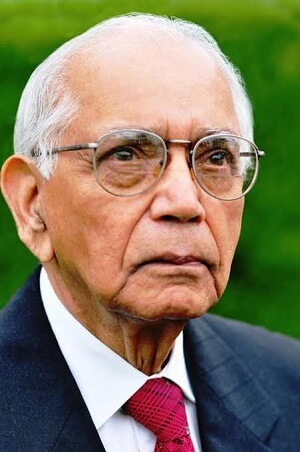
C.R. Rao, also known as Calyampudi Radhakrishna Rao FRS, is an Indian-American statistician and mathematician. He is currently a research professor at the University at Buffalo and a professor emeritus at Pennsylvania State University. In addition to receiving numerous honorary degrees, festschrifts, and colloquia, Rao received the US National Medal of Science in 2002. According to the American Statistical Association, he is "a living legend whose work has had profound effects on not only statistics but also economics, genetics, anthropology, geology, national planning, demography, biometry, and medicine." Rao developed research and training programs and produced several leaders in the field of mathematics during his more than 40 years as Head and later Director of the Research and Training School at the Indian Statistical Institute. Rao's recommendation led to establishment of the ASI (The Asian Statistical Institute), now known as the Statistical Institute for Asia and Pacific, in Tokyo to train statisticians employed by governmental and commercial institutions. 6. D.R. Kaprekar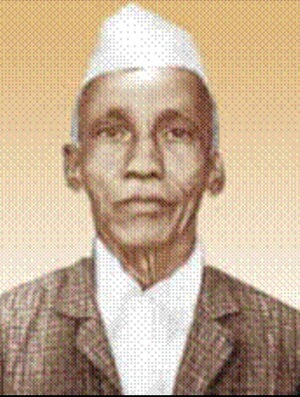
Dattatreya Ramchandra Kaprekar, an Indian amateur mathematician, discovered the Kaprekar's constant, which bears his name, and described several classes of natural numbers, including the Kaprekar, harshad, and self numbers. Despite working as a teacher and not having any formal postgraduate training, he published widely and rose to prominence in the world of recreational mathematics. Kaprekar produced a number of results in number theory and described various properties of numbers largely on his own. He also described self numbers, or Devlali numbers, the Harshad numbers, and Demlo numbers in addition to the Kaprekar constant and the Kaprekar numbers that bear his name. Additionally, he created a few distinct magic square variants that are connected to the Copernicus magic square. When Martin Gardner wrote about Kaprekar in his March 1975 column of Mathematical Games for Scientific American, his ideas began to gain international attention. Initially, Indian mathematicians did not take his ideas seriously, and the majority of his results were published in low-level mathematics journals or privately published. His name is well-known today, and numerous other mathematicians have continued to research the properties he found. 7. Harish Chandra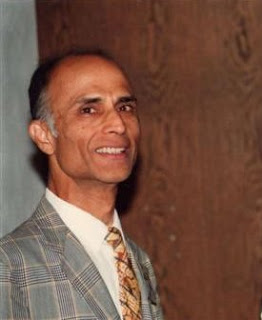
An Indian American mathematician and physicist, Harish-Chandra, made important contributions to representation theory, particularly through harmonic analysis on semisimple Lie groups. He was a Fellow of the Royal Society and a member of the National Academy of Sciences. In 1954, he was awarded the Cole Prize by the American Mathematical Society. In 1974, the Srinivasa Ramanujan Medal was presented to him by the Indian National Science Academy. He was awarded an honorary degree by Yale University in 1981. Every year, the mathematics department at V.S.S.D. College, Kanpur, celebrates his birthday in a variety of ways, including student and professor lectures from other universities and colleges, student visits to the Harish-Chandra Research Institute, and more. The Harish-Chandra Research Institute, an organization devoted to theoretical physics and mathematics, was given its name by the Indian government. 8. Satyendra Nath Bose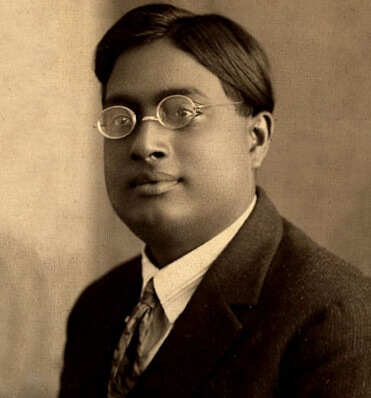
Theoretical physics was the area of expertise for Bengali mathematician and physicist Satyendra Nath Bose. His work on quantum mechanics in the early 1920s, which laid the groundwork for Bose statistics and the theory of the Bose condensate, is what made him most famous. He was a Fellow of the Royal Society and received the Padma Vibhushan, the second-highest civilian honor in India, from the Indian government in 1954. Paul Dirac named "bosons"-a statistical category of particles-to honor Bose. He was a polymath with interests in a wide range of subjects, including physics, mathematics, chemistry, biology, mineralogy, philosophy, the arts, literature, and music. In independent India, he served on numerous committees for research and development. In 2001, Satyendra had made some statistical calculations concerning light particles, photons. He sent his results to Albert Einstein, who translated them and ensured they were published. His area of research was the theory of relativity. In 1924, he derived Planck's quantum radiation law in a paper without reference to classical physics. 9. Bhaskara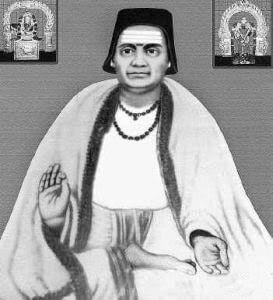
In order to distinguish himself from Bhaskara I, Bhskara II (c. 1114-1185), also known as Bhaskaracharya ("Bhaskara, the teacher"), was an Indian mathematician and astronomer. His main work, Siddhanta Shiromani, contains verses that suggest he was born in Vijjadavida in 1114 and lived in the Sahyadri mountain ranges of the Western Ghats, which scholars believe to be Patan in Chalisgaon, which is now part of the Khandesh region of Maharashtra. He is the only classical mathematician to have a monument dedicated to him. An inscription that was allegedly written by his grandson Changadeva can be found in a temple in Maharashtra. It lists Bhaskaracharya's ancestors for several generations before him and two generations after him. Bhaskaracharya II's mathematical classics were first translated into European languages by Colebrooke in 1817. Colebrooke refers to the family as Maharashtrian Brahmins living on the banks of the Godavari. Bhaskara II, the head of a cosmic observatory at Ujjain, the primary mathematical hub of ancient India, was a Hindu Deshastha Brahmin family of scholars, mathematicians, and astronomers. Bhskara and his writings made a significant contribution to the understanding of mathematics and astronomy in the 12th century. He has been called the greatest mathematician of medieval India. 10. Narendra Karmarkar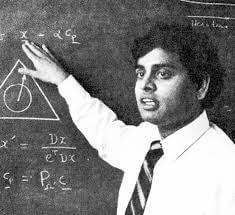
Mathematician Narendra Krishna Karmarkar is from India. Karmarkar created the algorithm, Karmarkar. He is a highly cited researcher according to ISI. He developed an interior point method, which is one of the earliest provably polynomial time algorithms for linear programming. The formula is fundamental to the study of linear programming. At Bell Laboratories in New Jersey, where he was employed, he published his renowned finding in 1984. Linear programming issues are resolved in polynomial time by Karmarkar's algorithm. Through cutting the above solid in its traversal, Karmarkar's inventive method approaches the solution. The Karmarkar algorithm thus allows for much quicker solution of challenging optimization problems. Business and policy decisions can be made more quickly thanks to his algorithm. Many interior point techniques have been created due to Karmarkar's algorithm; some of these techniques are still in use in the most recent iterations of linear program solvers. Karmarkar worked on a new supercomputing architecture based on ideas from finite geometry, particularly projective geometry over finite fields, after finishing his work on the Interior Point Method. He is currently combining these ideas with some fresh ones he refers to as "sculpting free space." He is able to expand on this work to include the physical design of machines thanks to this method. Updates on his recent work, including an expanded abstract, are now being published by him. The new paradigm was introduced on July 16 at the IVNC in Poland and on July 25 at MIT.
Next TopicTop 10 Indian Movies
|
 For Videos Join Our Youtube Channel: Join Now
For Videos Join Our Youtube Channel: Join Now
Feedback
- Send your Feedback to [email protected]
Help Others, Please Share










